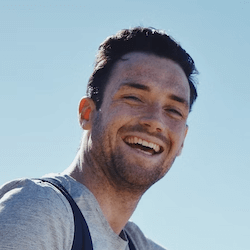1. Understanding the users: It's essential to have a deep understanding of the target users, including their needs, wants, motivations, and limitations. This helps to create a design that caters to their unique requirements.
2. Setting clear goals: Having well-defined goals for the project ensures that the design process stays focused on the desired outcomes and helps to measure the success of the final product.
3. Iterative design: User-centered design involves a process of continuously refining and improving the design based on user feedback and testing. This allows designers to make data-driven decisions and ensure the best possible user experience.
4. Collaboration: A successful user-centered design process involves collaboration between various stakeholders, such as designers, developers, and product managers. This helps to ensure that everyone is working towards the same goal and that the design caters to the needs of all users.
5. Accessibility and inclusivity: User-centered design aims to create products that can be used by as many people as possible, regardless of their abilities, age, or background. This involves considering a range of user needs and designing for accessibility from the outset.










